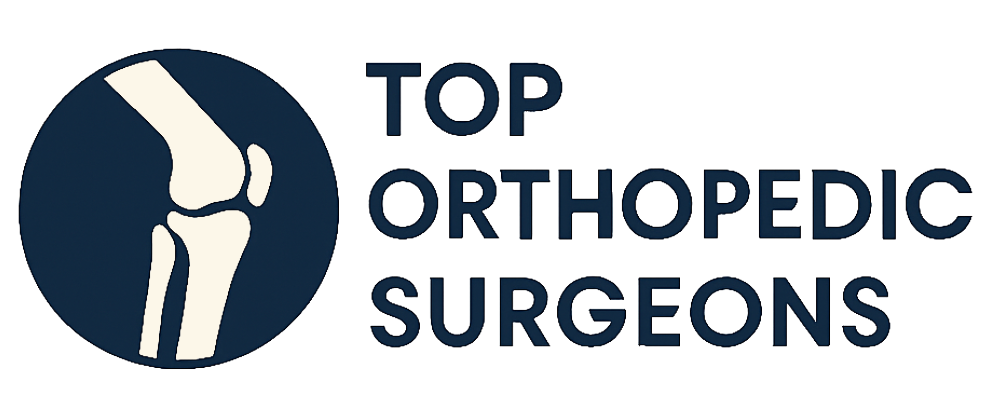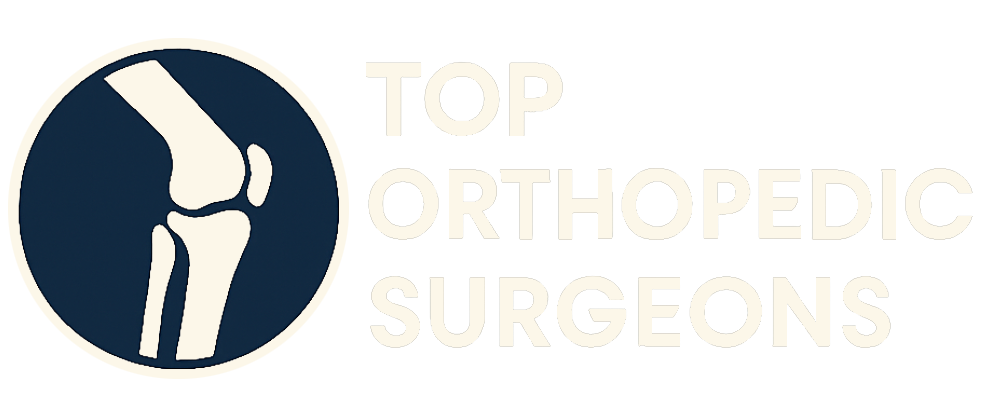When you experience musculoskeletal pain or limited mobility, seeking the expertise of an orthopedic specialist is a crucial first step towards recovery. A comprehensive evaluation often involves a variety of orthopedic diagnostic tests designed to pinpoint the underlying cause of your symptoms. These tests provide valuable insights that guide your doctor in developing a personalized treatment plan tailored to your specific needs.
Understanding the Role of Orthopedic Diagnostic Tests
Orthopedic diagnostic tests serve as vital tools for orthopedic specialists. They offer a window into the inner workings of your bones, joints, muscles, ligaments, tendons, and nerves. Through these tests, specialists can visualize structures, assess their function, and identify any abnormalities that might be contributing to your discomfort or limitations.
These tests help determine the extent and location of damage. They can also help to differentiate between various conditions that might present with similar symptoms. Accurate diagnosis is the cornerstone of effective treatment. Diagnostic tests minimize guesswork and ensure that your treatment approach is specifically targeted to address the root cause of your problem.
Common Types of Orthopedic Diagnostic Tests
The field of orthopedic diagnostics encompasses a broad spectrum of tests, each with its own strengths and applications. Your orthopedic specialist will carefully select the most appropriate tests based on your individual symptoms, medical history, and the findings of a physical examination. Some of the most commonly utilized orthopedic diagnostic tests include:
Imaging Techniques
Imaging techniques are crucial for visualizing the internal structures of the musculoskeletal system.
X-rays
X-rays are a fundamental imaging technique that uses electromagnetic radiation to create images of bones. They are particularly useful for detecting fractures, dislocations, arthritis, and bone tumors. X-rays are readily available, relatively inexpensive, and can provide a quick assessment of bone health.
Magnetic Resonance Imaging (MRI)
MRI employs strong magnetic fields and radio waves to produce detailed images of soft tissues, such as muscles, ligaments, tendons, cartilage, and nerves. MRI is invaluable for diagnosing a wide range of conditions, including ligament tears, tendonitis, cartilage damage, spinal disc herniations, and nerve compression.
Computed Tomography (CT) Scan
CT scans use X-rays to create cross-sectional images of the body. They are particularly helpful for visualizing complex fractures, bone tumors, and spinal stenosis (narrowing of the spinal canal). CT scans offer greater detail than standard X-rays and can provide a three-dimensional reconstruction of bone structures.
Bone Scan
A bone scan involves injecting a small amount of radioactive material into the bloodstream. This material is absorbed by bone tissue, and a special camera detects areas of increased bone activity. Bone scans are useful for identifying fractures, infections, tumors, and arthritis. They are particularly sensitive for detecting early signs of bone disease.
Ultrasound
Ultrasound uses sound waves to create real-time images of soft tissues, such as muscles, tendons, and ligaments. It is often used to evaluate tendon tears, bursitis, and fluid collections. Ultrasound is non-invasive, relatively inexpensive, and does not involve radiation exposure. It can also be used to guide injections.
Nerve Studies
Nerve studies are used to assess the function of nerves and muscles.
Nerve Conduction Study (NCS)
NCS measures the speed at which electrical impulses travel along a nerve. It involves placing electrodes on the skin over a nerve and stimulating the nerve with a small electrical current. NCS is used to diagnose nerve damage, such as carpal tunnel syndrome, ulnar neuropathy, and peripheral neuropathy.
Electromyography (EMG)
EMG measures the electrical activity of muscles. It involves inserting a small needle electrode into a muscle and recording the electrical signals produced during muscle contraction. EMG is used to diagnose muscle disorders, nerve damage, and neuromuscular diseases.
Other Diagnostic Procedures
In addition to imaging and nerve studies, other diagnostic procedures may be used to evaluate orthopedic conditions.
Arthroscopy
Arthroscopy is a minimally invasive surgical procedure that allows your doctor to visualize the inside of a joint using a small camera and instruments inserted through small incisions. Arthroscopy can be used to diagnose and treat a variety of joint conditions, such as cartilage tears, ligament damage, and arthritis.
Joint Aspiration
Joint aspiration involves removing fluid from a joint using a needle. The fluid is then analyzed to identify the cause of joint inflammation, such as infection, gout, or arthritis.
Preparing for Orthopedic Diagnostic Tests
The preparation for orthopedic diagnostic tests varies depending on the type of test being performed. Your doctor will provide you with specific instructions to follow before your test. Here are some general guidelines:
- Inform your doctor about any medications you are taking, including over-the-counter medications and supplements.
- Tell your doctor if you have any allergies, especially to contrast dyes used in imaging tests.
- Wear comfortable, loose-fitting clothing.
- Avoid wearing jewelry or metal objects that may interfere with imaging tests.
- Follow any specific dietary restrictions provided by your doctor.
Understanding Your Test Results
After your orthopedic diagnostic tests are completed, your doctor will review the results and discuss them with you. It is important to understand what the results mean and how they relate to your symptoms. Don’t hesitate to ask questions if anything is unclear.
Your doctor will use the information from your diagnostic tests to develop a personalized treatment plan that addresses the underlying cause of your condition. This plan may include medication, physical therapy, injections, or surgery. The goal of treatment is to relieve your pain, improve your function, and help you return to your normal activities.
Empowering Yourself Through Knowledge
Navigating the world of orthopedic care can feel overwhelming, but understanding the role of diagnostic tests empowers you to actively participate in your healthcare journey. By understanding the purpose and process of these tests, you can feel more confident and informed when discussing your condition with your orthopedic specialist.
Remember, open communication with your doctor is essential. Ask questions, express your concerns, and actively engage in the decision-making process. Together, you can work towards a diagnosis and treatment plan that is right for you.
Finding the Right Orthopedic Specialist
Choosing the right orthopedic specialist is a crucial step in obtaining accurate diagnosis and effective treatment. Top Orthopedic Surgeons provides a comprehensive directory of board-certified orthopedic specialists across the United States. Our directory allows you to search for specialists based on location, specialty, and patient reviews.
We understand the importance of finding a doctor you can trust. Our directory includes detailed profiles of each specialist, including their education, training, experience, and areas of expertise. You can also read reviews from other patients to get a sense of their experience with the doctor.
We are committed to providing you with the resources you need to make informed healthcare decisions. Our goal is to connect you with the best possible orthopedic care so you can get back to living a pain-free and active life.
Taking an active role in understanding orthopedic diagnostic tests will help you better navigate your treatment options. Knowledge of these tests can empower you in conversations with your specialist, leading to a more informed, confident, and ultimately successful path to recovery and improved quality of life.


